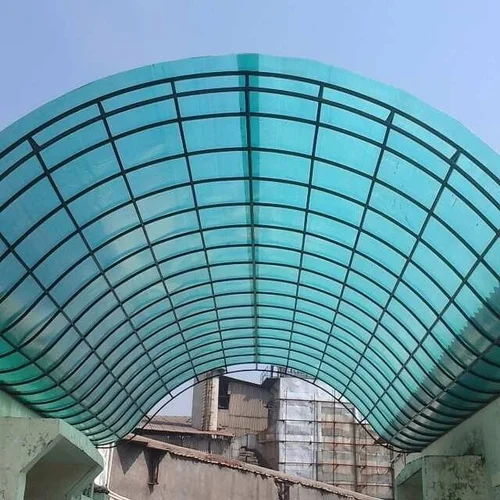Fiberglass roofing offers homeowners who value sustainability an eco-friendly option to cover their homes with durable roofing. Available in an array of colors, it can also be customized to match the aesthetic of any given property.
Fiberglass roofs are lightweight and cost-effective solutions that require little upkeep or maintenance – two key reasons why fiberglass shingles have become popular choices for waterproofing surfaces such as rooftops, balconies, shower pans and outdoor stairways.
Durability
Fiberglass roofing is a long-term investment, as its durability stands up against weather conditions and UV rays which deteriorate other materials, while being chemical-proof. Fiberglass roof panels can easily be cut to fit any roof size with ease, making this option suitable for renovation projects as well.
Fiberglass shingles are composed of woven fiberglass base mats encased with waterproof asphalt coatings and finished off with ceramic granules that protect them from harmful UV rays, providing an eco-friendly alternative to organic-mat asphalt shingles.
Attractive asphalt shingles require only minimal upkeep, although homeowners must keep them clean to prevent algae and moss growth. Cleaning can be accomplished using either a mop or power washer; hot water should be avoided to protect the shingles. They should also be regularly inspected by professionals to catch any potential problems before they become severe.
Lightweight
Fiberglass shingles are lighter than other roofing materials, making installation on homes with flat roofs simpler. Furthermore, less material is required to install fiberglass shingles compared to other options – making fiberglass the perfect choice for homeowners seeking cost-effective and lightweight options.
Fiberglass roofing materials are fire-retardant, which makes them an attractive option in regions prone to wildfires. Furthermore, fiberglass roofs can better withstand winds, rain and snow than most other options; if your area experiences extreme climate conditions however it might be best suited with asphalt shingles as roofing options.
One advantage of fiberglass roofs is their ease of maintenance; you can simply use a hose or mop to remove dirt and debris, plus their longer lifespan than other methods of roofing. Repairing fiberglass roofs is easier due to them not attracting moss growth or decomposing due to moisture; however it is recommended that professional contractors be hired when there are cracks or GRP pinholes that need fixing.
Easy to install
Fiberglass roofing is easy to install and offers homeowners many different options. From its flexible style and varied color selections to increased safety and water drainage capabilities, fiberglass is a fantastic solution.
GLASS SHINGLES have many advantages over felt roofing when it comes to low maintenance needs and lifespan; their resistance to algae, moss and mold growth makes them popular choices in humid climates and their long lifespan can last twice as long!
Though fiberglass roofs provide many benefits for flat roofs, it’s still wise to consult an experienced roofing contractor prior to installing one. Improper installation could lead to leaks that require costly repairs; worse yet, improper installation could cause degraded material that reduces durability and life span; in these instances asphalt shingles might be better options.
Environmentally friendly
Fiberglass roofing combines different materials that can be painted to complement any home’s color scheme and provides long-term, low maintenance cost savings – making it a popular choice among both residential and commercial properties alike.
Fiberglass roofs are environmentally-friendly due to their non-toxic emissions, unlike some other roofing materials that emit toxic fumes that could potentially pollute the air and pose health hazards.
While fiberglass shingles can last up to 25 years, they must be regularly inspected to ensure their continued good condition. A professional should inspect your roof to look for signs of wear and tear that could result in leaks or cracking; an annual roof inspection would ideally allow any problems to be detected early and rectified quickly before becoming serious and costly issues. In order to keep its appearance, a protective sealant coating should be added every two or three years as a preventive measure.
